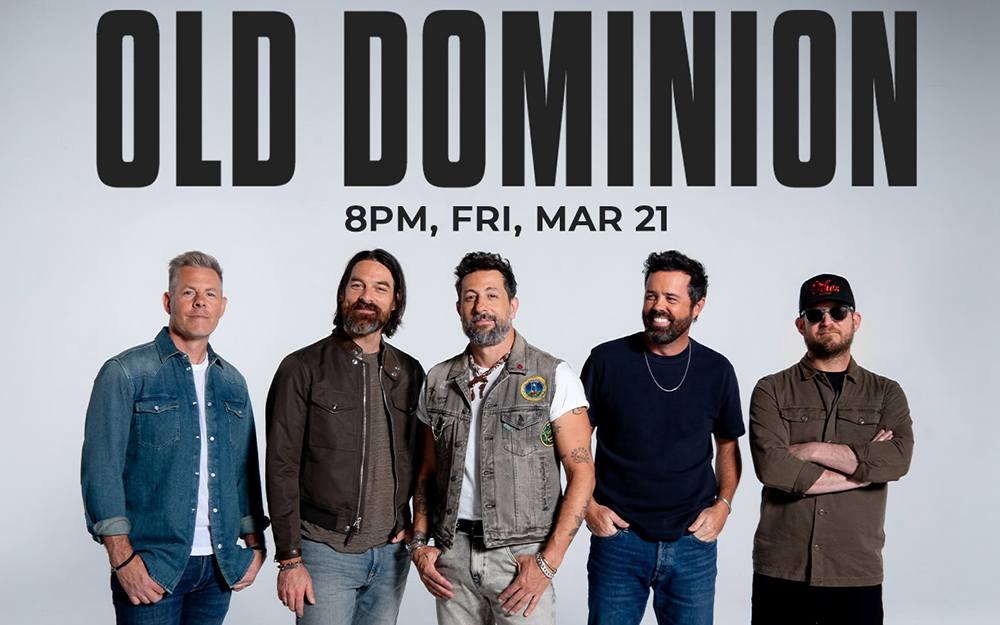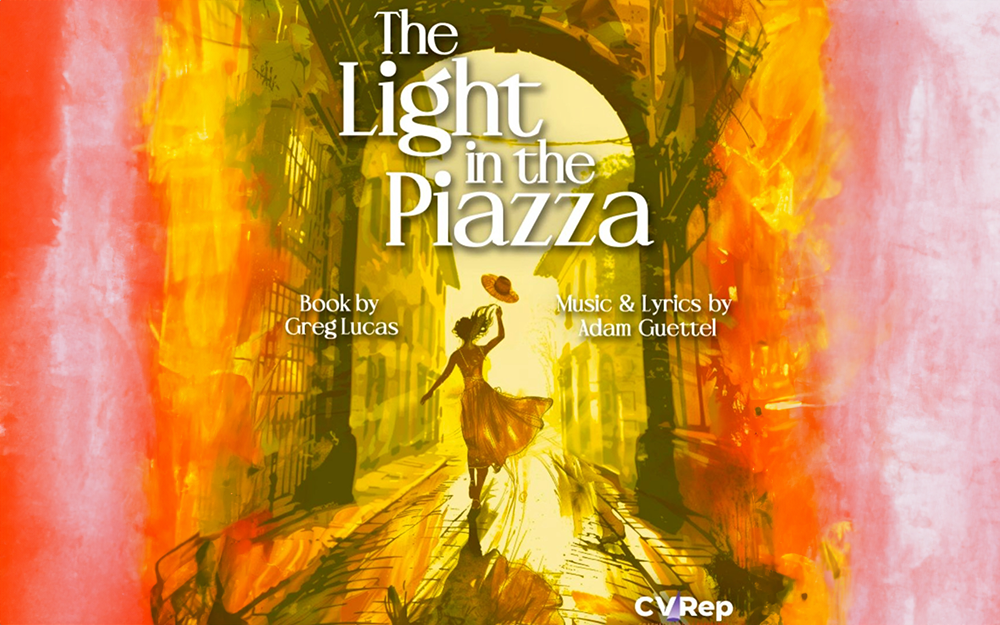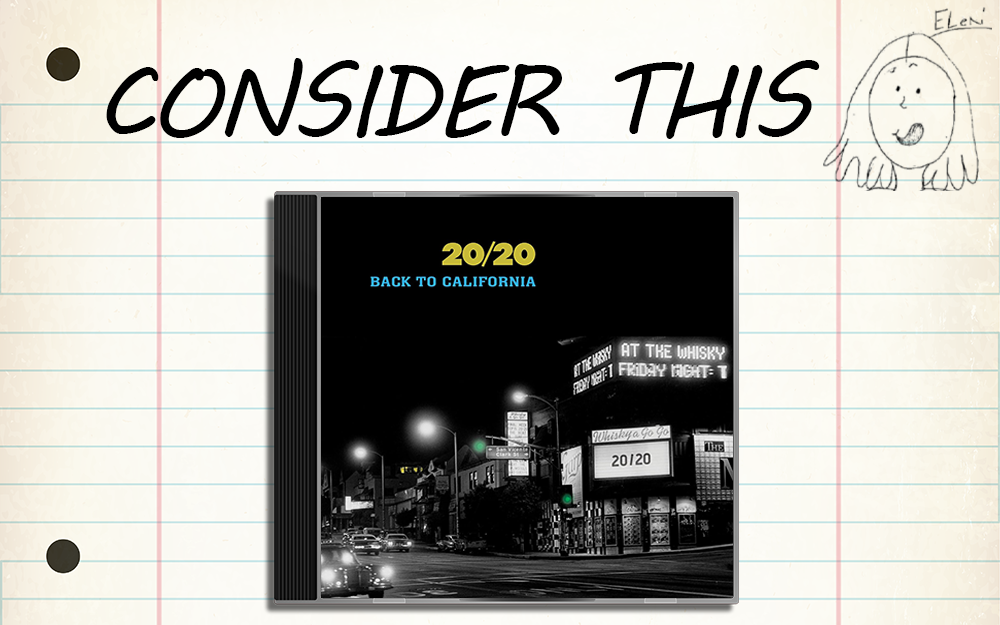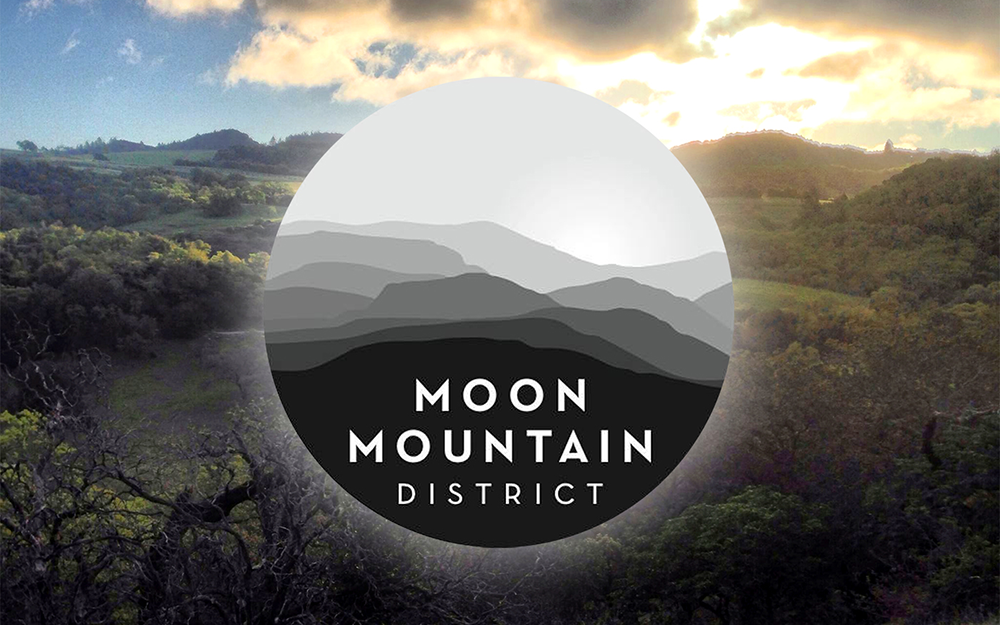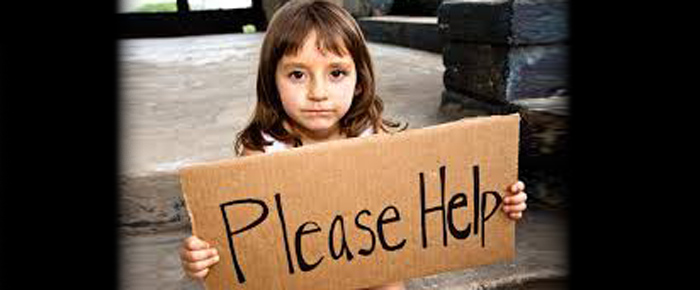
By Haddon Libby
While the Coachella Valley is a second or third home to many of the nation’s most affluent people, many of our full-time residents struggle financially. Only 17% of our communities have income levels above the state or county averages. Meanwhile, nearly one in five or over 70,000 of our neighbors live in poverty. The Department of Health and Human Services defines poverty as one person living on less than $226 per week or a family of four having less than $466 per week.
Worth noting, 6.2 million of the state’s 38.7 million residents are living in poverty. Riverside County has 374,000 of its 2.3 million residents living in poverty. With 370,000 people calling Coachella Valley their full-time home, we represent 1% of the state population and 16% of the County.
Only Indian Wells ($83,884), Rancho Mirage ($77,526) and La Quinta ($67,723) exceed the state or county median incomes. The median income is the number where half of all people are above or below that number. California as a whole has a median income of $61,094 while Riverside County is $56,529.
Our poorest towns are Desert Hot Springs ($32,473), Coachella ($40,965), Cathedral City ($44,406) and Palm Springs ($45,198). Unincorporated areas like Oasis ($23,291), North Shore ($25,833) and Mecca ($26,908) are some of the poorest places in the state.
If you are a regular reader of this column, you know that the “official” unemployment rate is not reality. A best estimate as to the real unemployment rate uses the 1970 definition where people who are out of work and want a job are considered unemployed – a crazy definition, right? Also, if you are working a part-time job but want a full-time job, you were considered unemployed. Using this more accurate definition, a doubling of the official unemployment rate gets us closer to a real unemployment rate. We can cross check this number with poverty rates to make sure that our estimates are closer to reality than the redefinition preferred by government economists.
In the unincorporated areas of the Valley, the highest poverty rates are in Oasis (51.4%), Mecca (47.1%) and Thermal (45%). While unemployment rates were not available for most of the unincorporated areas, Mecca has one of the highest unemployment rates in the nation at 34%.
What do all of these numbers tell us? First and foremost, there is a direct correlation between more education and less poverty.
The numbers also tell us that the Coachella Valley is behind most of the state and county when it comes to good paying jobs. Our snowbird residents give a false impression as to the economic vitality of the region. Hospitality/restaurant, retail, agriculture and landscaping jobs do not create the wealth necessary to create a vibrant economy and more good paying jobs. The medical field and government create the largest numbers of jobs with wages and benefits that exceed the state average.
Is there a near-term solution? Probably not…as there are no significant efforts underway to attract the types of businesses that can improve our economy. This is why local leaders need to rally the support of other elected officials outside of our region in securing the resources needed to improve economic opportunities for all in the Coachella Valley.
Haddon Libby, Managing Partner at Winslow Drake and co-founder of ShareKitchen, can be reached at hlibby@winslowdrake.com.
Statistics are from the State of California Assembly Committee on Jobs, Economic Development and the Economy – Eduardo Garcia, Chairman.




